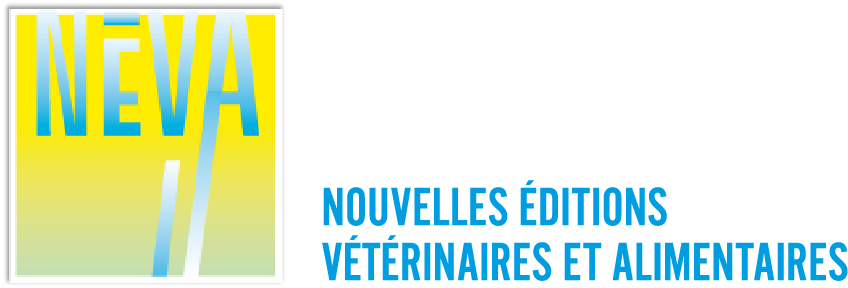I1 LIMITER LES DANGERS ET LES RISQUES ASSOCIÉS À L’ANTIBIOTHÉRAPIE AU TARISSEMENT
I2 Limiter l’impact global de l’antibiothérapie sur les microbiotes et l’antibiorésistance
I3 L’antibiothérapie parentérale : conséquences pour la vache
I3 L’antibiothérapie intra-mammaire : conséquences pour la vache
I3 L’antibiothérapie chez la vache : conséquences pour les veaux
I2 Réduire au maximum le risque de positivité du lait en antibiotiques
I3 Forte contribution des laits de période colostrale aux positivités en antibiotiques
I3 Recherche des résidus d’antibiotiques dans les laits de tank
pour toutes les livraisons depuis 2020
I2 Intégrer la durée des périodes sèches dans le choix des spécialités antibiotiques
I3 La variabilité inter-élevages et intra-élevages de durée de période sèche est importante
I3 La persistance des antibiotiques intramammaires hors lactation est très diverse
I1 PROFITER DES EXPÉRIENCES ACQUISES À L’ÉTRANGER ET DES OPPORTUNITÉS
I2 L’efficacité préventive des obturateurs internes est désormais bien établie
I3 Les obturateurs permettent de réduire l’incidence postpartum des infections intramammaires
I3 Les obturateurs permettent de réduire l’incidence des mammites cliniques
du 1er tiers de lactation
I2 Bilan technico-économique positif des stratégies sélectives avec obturateurs
I3 Essais contrôlés : le bilan de l’antibiothérapie sélective n’est positif
que si les obturateurs sont utilisés
Encadré 1 – Stratégies sélectives : le rôle précurseur des pays Nord-européens
I2 Valoriser les compétences vétérinaires au travers d’un conseil global
au tarissement
I1 RESPECTER UNE RÉGLEMENTATION FRANÇAISE ET EUROPÉENNE
DE PLUS EN PLUS CONTRAIGNANTE
Encadré 2 – Les obligations édictées par le Règlement européen
sur les médicaments vétérinaires (28 janvier 2022)
I1 CONCLUSION
7 photos illustrent cet article
Contents
1. Avoiding hazards and risks associated to dry off antibiotherapy.
2. Benefit from experiences acquired abroad and opportunities.
3. Respect an increasingly binding french and european regulation.

